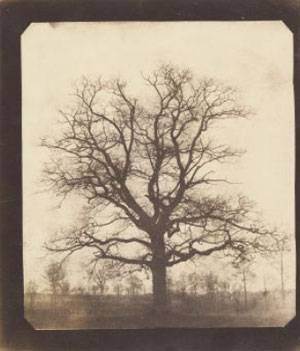
Paul Cézanne
Card Players
c. 1890-92
Musée d’Orsay, Paris
See high-resolution image
Cézanne’s ‘Card Players’ at the Metropolitan
Double click to fullscreen
Cézanne’s Card Players at the Metropolitan Museum Cézanne’s “Card Players”, on view at The Metropolitan Museum of Art beginning February 9, 2011, will unite works from the famous series by Paul Cézanne (1839-1906), bringing together a majority of the related paintings, oil studies, and drawings
February 9–May 8, 2011
]]>
Source: The Metropolitan Museum of Art
A select group of portraits of peasants, several of whom appear in the Card Players compositions, will also be included in this landmark exhibition, the first devoted to the subject. Created in the 1890s while the artist was living at his family’s estate outside Aix-en-Provence, these images capture the character Cézanne admired in the people of the region. Together the works chart the development of the series as Cézanne strove to achieve the most powerful expression of his motif.
The Metropolitan Museum holds one of the finest collections of Cézanne works in the world and, in 1913, it was the first public institution in the United States to acquire a painting by the artist. The Metropolitan’s The Card Players (1890-92) will be displayed in this focused exhibition, as well as Seated Peasant (1892-96) from the Museum’s Annenberg Collection. They will be joined by major loans from international museums including The Courtauld Gallery, Honolulu Academy of Fine Arts, Kimbell Art Museum, Kunsthalle Mannheim, Musée d’Orsay, National Gallery of Art, Washington, Nelson-Atkins Museum of Art, Philadelphia Museum of Art, Pierpont Morgan Library, State Hermitage Museum, and Worcester Art Museum, as well as private collections.
Cézanne’s depictions of card players would prove to be one of his most ambitious projects and it occupied him for several years. He undertook the series at the beginning of the 1890s using peasants and laborers at his family’s estate, the Jas de Bouffan, as models. These sittings resulted in five closely related canvases of different sizes that show card players engaged in the age-old ritual of their game, three of which will be reunited in Cézanne’s Card Players. He also produced a larger number of paintings of the individual farm workers who appear in the Card Players compositions, major examples of which will be on view. The exhibition features a number of rarely seen oil sketches and watercolor studies for these paintings. Uncharacteristic of Cézanne’s usual working practice, these preparatory works suggest that he studied the models individually and literally assembled them on the canvas. Together the works chart Cézanne’s gradual refinement of his compositions, and offer a fascinating sense of the development of this series. In the process, he abandoned the conventional rules of painting and arrived at an innovative approach to express the essential character of his subjects.
Cézanne’s Card Players series of paintings and his portraits of individual peasants have come to epitomize his vision of rural life in Provence. He conveys the gravitas and stoicism of his sitters, for whom he had great admiration. The local peasants of Aix were to Cézanne steadfast, unchanging, and monumental, not unlike his beloved Mont Sainte-Victoire. As he later put it, “I love above all else the appearance of people who have grown old without breaking with old customs.”
Follow us on:


